El Pinacate and Gran Altar Desert Ecosystem --- a World Heritage Site
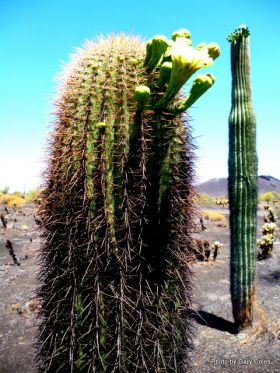
One was a mountain in Italy and the other an ecosystem in Northern Mexico. Both places have something in common besides being favorites of mine. They both have a volcanic ancestry.
The mountain, Mt Etna, is a volcano on the east coast of Sicily that I once climbed during an eruption.
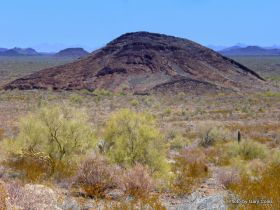
It resembles the surface of the moon and NASA even sent astronauts here for training in the late 1960’s.
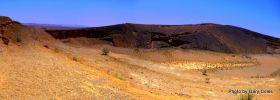
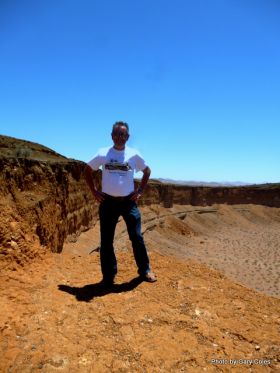
This 2,759 square mile section of the Sonora desert has high temperatures similar to Death Valley in California.
The day I visited, it was 111 degrees F (44 C) by 11 in the morning (I didn’t look at the temperature after that).
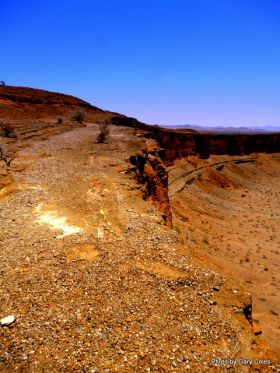
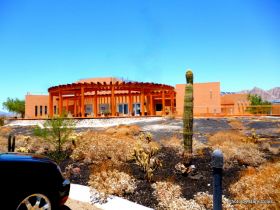
They consider the area sacred and you can find petroglyphs (carvings on the rocks) and geoglyphs (figures created by placing rocks on the ground).
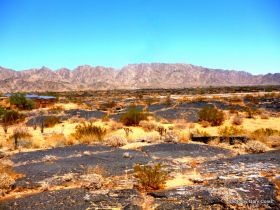
Besides the center, there are ten interpretive stations that give a lot of fascinating information.
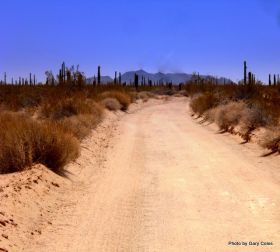
From there you can take a dirt road that takes you on a 72 km loop and passes many of the interesting features of the reserve, The road is in good condition and since it is in one of the driest areas on Earth, you don’t really need to worry about getting stuck in a mud puddle.





.JPG)